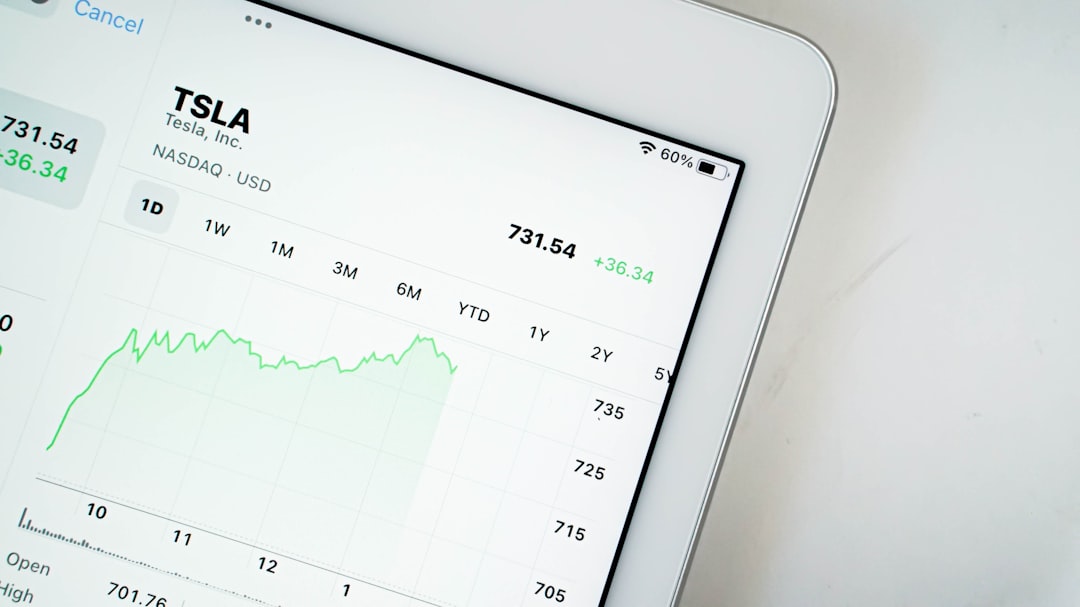In a digital world where connectivity and accessibility are everything, being able to effortlessly share information is critically important. Whether you are a small business owner, event organizer, teacher, or simply looking to share content with friends or clients, a QR code is a fast and efficient tool that can streamline the process. You may think generating a QR code involves technical knowledge or expensive software, but the truth is that anyone can create a free QR code for any link in just a matter of minutes.
This article outlines a step-by-step guide to help you generate your own QR code quickly and effectively, using only free and reliable online tools. No prior technical expertise is required—just follow the instructions carefully and you’ll have a ready-to-use QR code in no time.
What Is a QR Code?
Short for Quick Response code, a QR code is a type of matrix barcode that can store a variety of data types, including URLs, email addresses, phone numbers, Wi-Fi credentials, and more. It can be scanned by smartphones and QR reading devices, making it an excellent tool for facilitating immediate digital engagement.
When scanned, a QR code redirects the user to your desired content—most often, a web address or landing page. This makes QR codes particularly useful for conveying digital information in printed formats where users don’t want or can’t type out long URLs manually.
Why Use QR Codes?
There are many valid and strategic reasons to use QR codes. Here are some of the key benefits:
- Convenience: They allow users to access information instantly without typing URLs.
- Versatility: QR codes work on flyers, business cards, menus, posters, receipts, and packaging.
- Marketing Reach: They bridge the gap between offline and online marketing platforms.
- Contactless Transactions: Essential during times when reducing physical touchpoints is necessary.
What You Need to Get Started
Before you begin creating your QR code, ensure you have the following:
- A stable internet connection
- A device (desktop, laptop, or mobile phone)
- The URL or content you’d like the QR code to represent
With these in hand, you’re ready to move to step one.
How to Generate a Free QR Code in Minutes
Step 1: Choose a Reliable QR Code Generator
There are many free QR code generators available online, but you should select one that is trusted, secure, and easy to use. Here are some of the most popular and reputable options:
These platforms are free to use for generating basic QR codes, although some offer paid options for enhanced features such as analytics and customization.
Step 2: Enter the URL or Data
After selecting your preferred platform, input the data you want the QR code to contain. In most cases, you will simply paste your link into the designated field.
Make sure the URL is accurate and functional. A malformed or broken link will cause the QR code to lead nowhere, potentially frustrating your audience and damaging trust.
Step 3: Customize Your QR Code (Optional)
Many services allow you to personalize your QR code by adjusting:
- Colors – Match it to your brand palette
- Shape – Choose between square, rounded, or other formatting options
- Logo Insertion – Add your company’s logo inside the QR code
- Frame and Call-to-Action – Encourage scanning with labels like “Scan Me”
While these options are often free, some may require registration or a premium account.

Step 4: Generate and Test Your QR Code
Click the “Generate,” “Create QR Code,” or similar button on your selected platform. Within seconds, your QR code will be created and available for download. Before using it in any major campaign or printing it on materials, test your QR code thoroughly. Use different devices and scanning apps to ensure it consistently leads to the correct destination.
Step 5: Download and Share
Most QR code generators allow you to download your code in various formats such as PNG, JPG, or SVG. Choose the format that best suits how you intend to use it. For print materials, high-resolution PNG or SVG is often best; for digital use, JPG or compressed formats may be ideal.
Best Practices for Using QR Codes
Generating a QR code is only part of the equation. To maximize effectiveness, follow these best practices:
- Place Strategically: Make sure QR codes are positioned in prominent areas with good visibility.
- Add a Call-to-Action: Guide users by including text like “Scan to view menu” or “Scan to register.”
- Ensure Accessibility: Print codes at a size that can be easily scanned from a reasonable distance.
- Avoid Overcrowding: Keep surrounding space clear, so the code is easily detected by scanners.
- Track Performance: Use dynamic QR codes if available to track scan data and optimize performance.
Dynamic vs. Static QR Codes
Most free tools create static QR codes, which are great for non-editable, one-time-use links. However, if you anticipate needing to change the destination URL or track usage statistics, then dynamic QR codes are the better option—though they typically require a paid plan.
Dynamic QR codes allow you to:
- Edit the destination even after the code has been printed
- Track data such as location, time, and number of scans
- Integrate deeper with marketing or CRM platforms

Security Considerations
Be cautious when creating QR codes, particularly when dealing with sensitive data. Always use trusted QR code generators and avoid entering private or secure information unless the platform is encrypted and trustworthy.
Additionally, when scanning codes generated by others, be mindful that malicious QR codes can be used for phishing or linking to malware. A good scanner app will usually preview the URL before opening it. Train your audience—especially employees or less tech-savvy users—to verify links before clicking through.
Conclusion
QR codes are a versatile, powerful tool that offer seamless interaction between physical and digital content. By understanding how to quickly generate a free QR code, you empower yourself to enhance your marketing, communication, and logistical processes with minimal time and effort. Whether you’re linking to a promotional page, digital menu, portfolio, or scheduling form, you can do it within minutes using reliable, free tools.
Start experimenting today. A small, well-placed QR code can open the door to big results.


